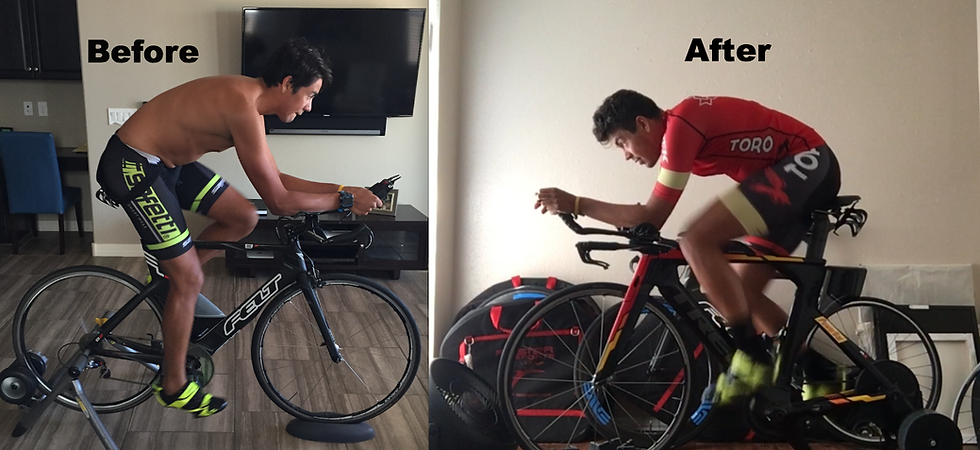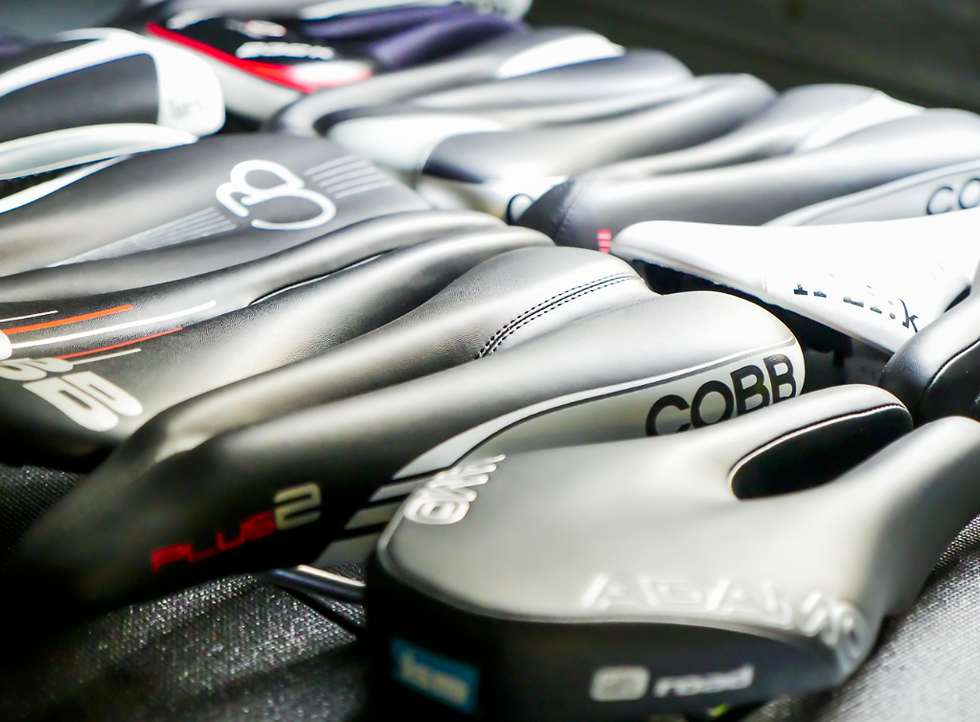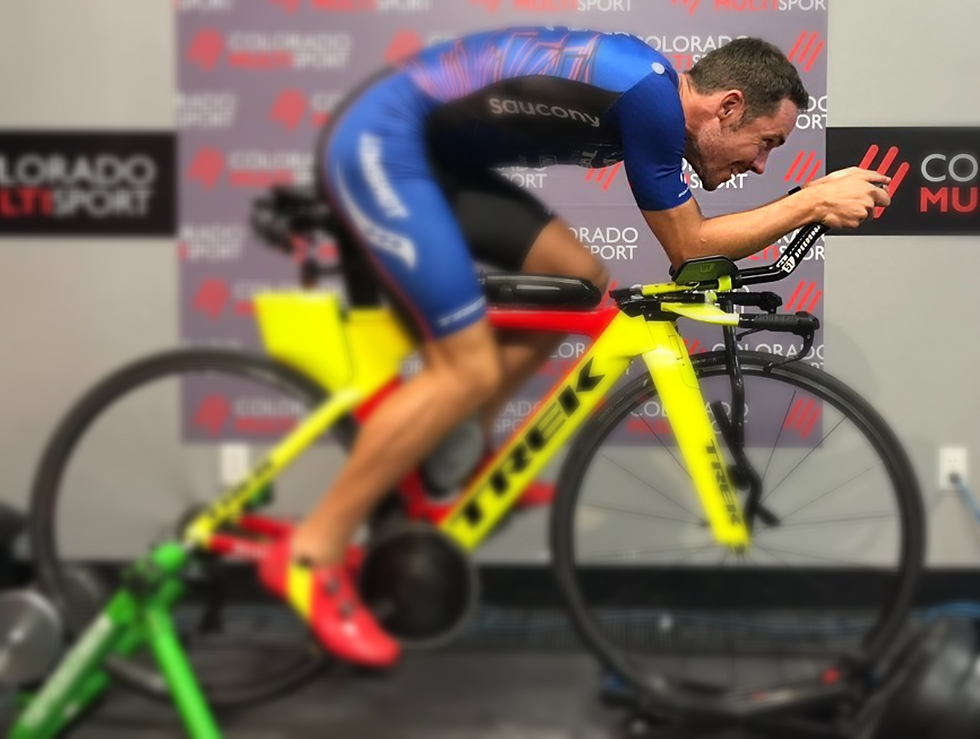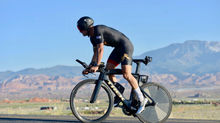5 Bike Fit Tips
- Jason Lentzke
- Jun 3, 2023
- 3 min read
A professional bike fit is an absolutely worthy and necessary investment for triathletes of all ability. If you commit to training for an event, why wouldn't you want to ensure you're getting the most out of your bike? After all, the bike is the lengthiest discipline in triathlon no matter what the distance is. The fundamentals of a good bike fit are aerodynamics, power and comfort. There is no reason to compromise your performance due to neglecting these principles.

Use these 5 tips to show up to your first fit appointment educated and ready to ask the right questions.
1. Saddle/Crank Length - If you’re unable to produce the same amount of power on your TT bike than you can on your road bike, you probably need to address saddle selection, crank length or both. A proper TT position requires anterior pelvic rotation, so the saddle is the most critical aspect of the triathlon bike position. This pelvic rotation pivots us forward on the saddle which may cause pressure on sensitive soft tissue. If you’re not sitting on a saddle that allows you to take pressure off that soft tissue and place it onto your pubic rami/ischium (sit bones), you need to find a new saddle.

However, don’t let someone tell you what saddle to ride. Try several types by utilizing your local bike shop’s saddle demo program. Remember that we are not used to bearing weight in this area and some discomfort is normal. Don't skimp on the chamois cream!
Keep in mind, the correct saddle doesn’t mean it’s just comfortable to sit on during a 2 hour bike fit. The optimal saddle for you is something that is comfortable to sit on AND allows you to maintain aero position for hours on end. Keep in mind that we’re not trying to achieve the most aggressive TT position. We want a position that is sustainable for the duration of your triathlon’s bike leg AND a position that eliminates the variance between your road and TT power output. It makes no sense to ride in an aero position that reduces your power output due to poor equipment selection/bike fit.

Crank length and saddle selection go hand in hand. Your TT position may cause strain on your shortened hip flexors due to the forward position we're attempting to achieve. Therefore, your optimal crank length is probably shorter than your typical road bike setup. A shorter crankset on your TT bike will open up your hip angle to provide more comfort.
More power? Maybe. Shorter cranks alone will not increase your power output, but they can be used to reduce limiters at the top of your pedal stroke by opening up impinged hip angles. When the hip angles are opened, power output almost always increases.
Lastly, going to shorter cranks will allow you to ride with a lower back angle and will minimize your frontal surface area improving aerodynamics. Essentially, you will be lower, more comfortable and should produce more power.
2. Shoulders – Proper placement of your elbow on the aerobar arm pad (fore/aft) should allow you to support your body weight skeletally and reduce shoulder pain. That being said, the forward rotation of your position will place more stress on your shoulders than you’re probably used to. This is all part of the adaptation phase.

Note that the bend in your aerobar extension will play a pivotal role in comfort and speed. Straight bars are rarely a recommended choice for my athletes. Although they may "look fast" and they work for some, I suggest first trying a "ski tip" bend as they tend to reduce wrist stress/strain which typically facilitates a more adaptable position.

3. Neck – Keep your head down and your chin up! Do not lift your entire head. Your head should not look like it's attached to a periscope! Keep your spine in a neutral position and try to hide behind your hands.

4. Cleats – Do not “slam” your cleats in the forward position toward your toes. This will most likely cause you to point your toes and promote bad pedal stroke mechanics. A good starting point is to place your cleats as close to your heel as possible.

5. Patience - It can take up to 3 weeks (depending on ride frequency/volume) to adapt to your TT position and saddle. Remember that the triathlon position is not organic and some initial discomfort should be expected. With persistence and time, your discomfort should fade and the benefits will be bountiful. If you’re still having issues after a few weeks, don’t be afraid to work with with a trusted fitter.

Since bike fit is usually a multi-appointment/adaptation process, I suggest starting early and revisiting the position several times throughout your season. Small position tweaks should leave you feeling relaxed and more comfortable. However, larger changes may take multiple phases to adapt.























